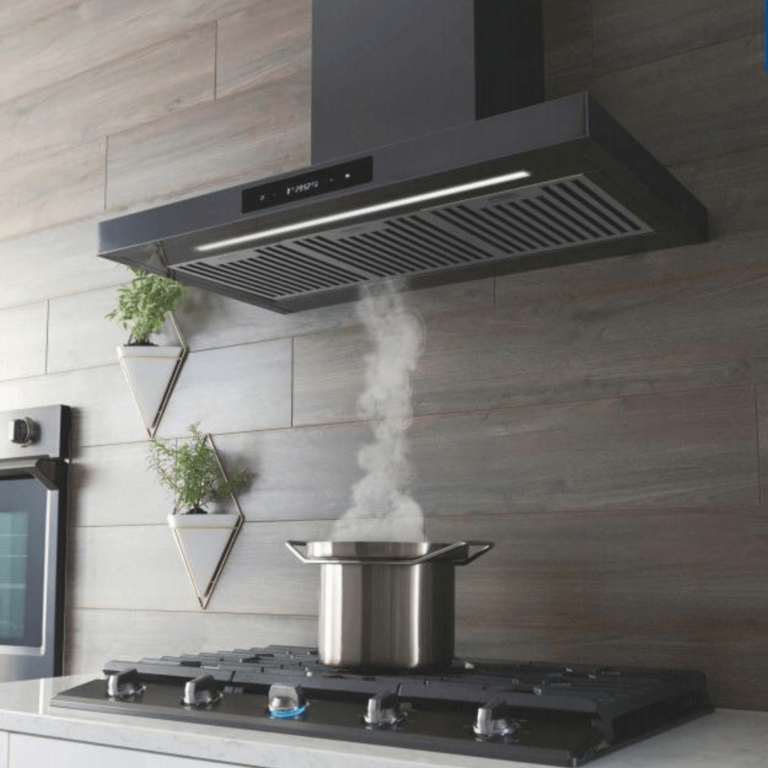
In our previous blogpost, we talked about What is a Range Hood, How a Kitchen Heat Extractor works and why you need to have a Kitchen Smoke Extractor in your home. You can read it here.
PS: A Range Hood is also called a Kitchen Hood, a Kitchen Heat Extractor or a Kitchen Smoke Extractor. In this blogpost, they would be used interchangeably.
In this blogpost today, we will be talking about the features to consider when buying a Range Hood.
There are many different types and sizes of Kitchen Heat Extractors designed to fit the way you cook, your cooking surface and your kitchen setup. When choosing a kitchen hood, make sure you match it to your home and lifestyle.
Learn more about how to choose a Kitchen smoke extractor with these considerations:
Power:
CFM, or cubic feet-per-minute, measures how much air your ventilation system can move in one minute. Gas stove venting requirements typically call for a higher CFM rating than venting requirements for electric ranges. You also have to pay attention to the power and voltage rating for power consumption.
Sound:
Older ventilation systems are often associated with a lot of noise. Thankfully, newer range hoods can be quieter thanks to the implementation of low sound level technology.
Lighting:
It is also important for the Kitchen Extractor to be able to light up your cooking space, so you should look for one with bright lights that let you see your entire work surface.
Pairing:
It is important to make sure to pair the size of your range hood with the size of your cooking surface. At minimum, pairing should be size for size (30″ hood with 30″ cooking surface). Be sure to check the dimensions of the Kitchen smoke extractor and comparing with your cooking surface before making the purchase.
Sensors:
Most newer Kitchen Heat Extractor comes with sensor switch which is often controlled by hand or via an app. Using this means you can control your rangehood easily as all you have to do is move you hands or press a button on your phone.
We have a video to show you how the hand sensor switch works. Watch video here.
Venting:
Depending on design and construction of your home, you might have to choose between a recirculating hood or a duct range hood.
A recirculating or ductless range hood should contain a carbon or charcoal filter which absorbs and traps air contaminants like smoke, steam and odours rather than transferring them to the outside of your home the way that a duct would.
In a duct range hood, contaminated air is suctioned through the vent in your range hood and quickly transported to the outdoors, while fresh, clean air is pulled in from the outside into your kitchen to replace the contaminated air that has been removed.

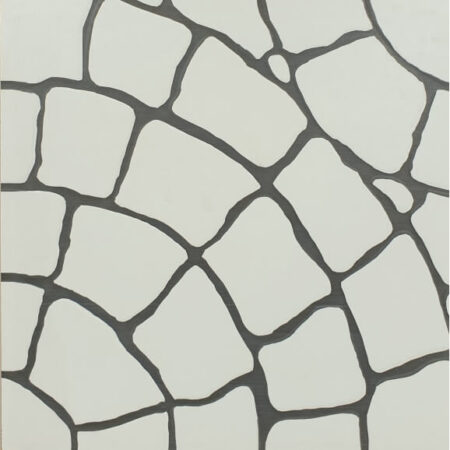
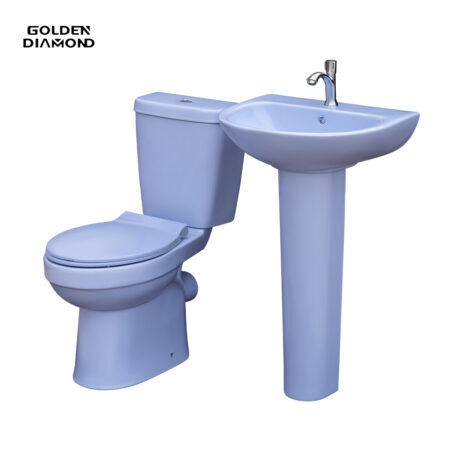
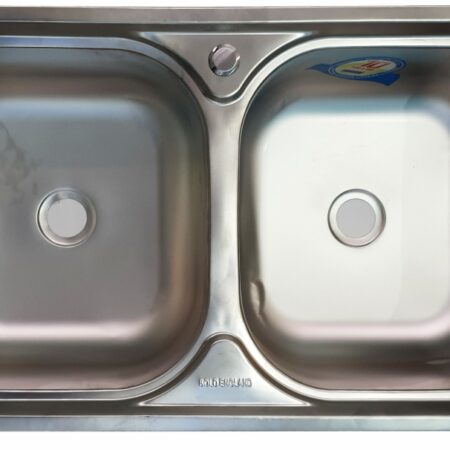
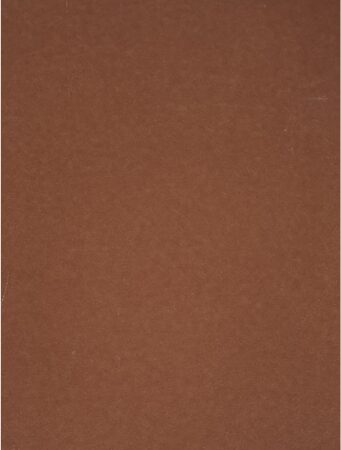
Pingback: Range Hood | What is a Range Hood & where to buy in Nigeria?